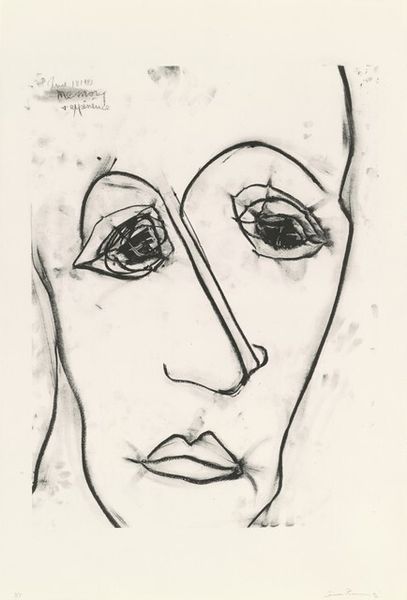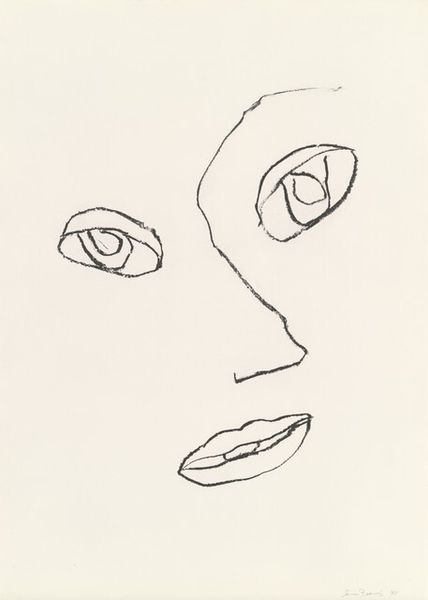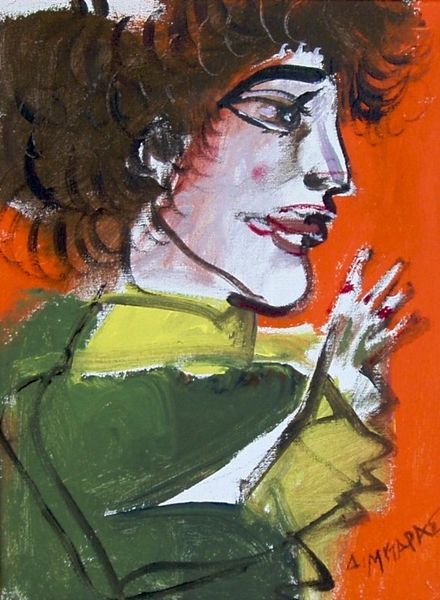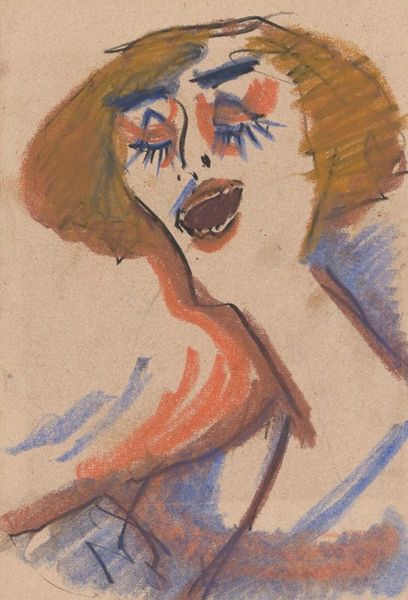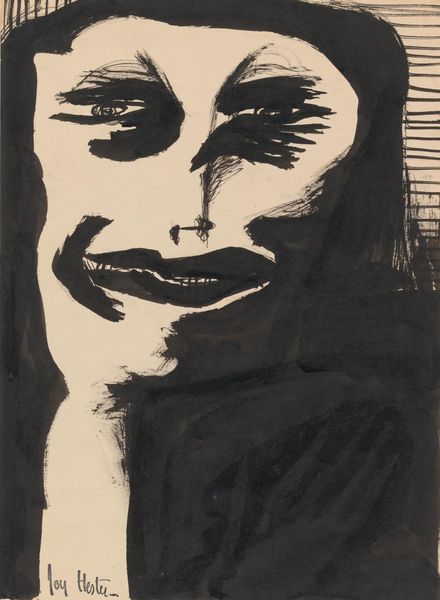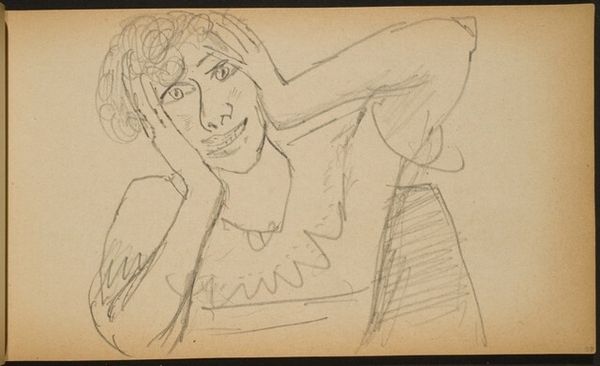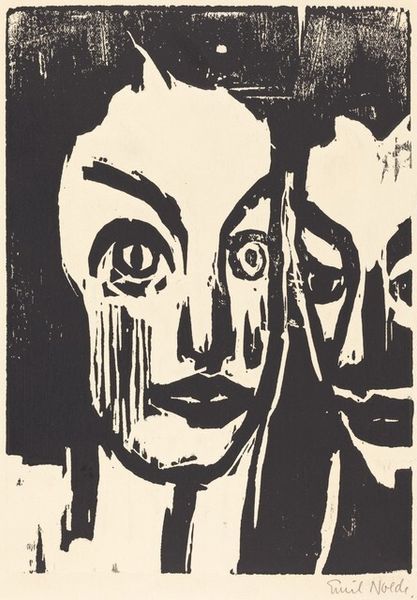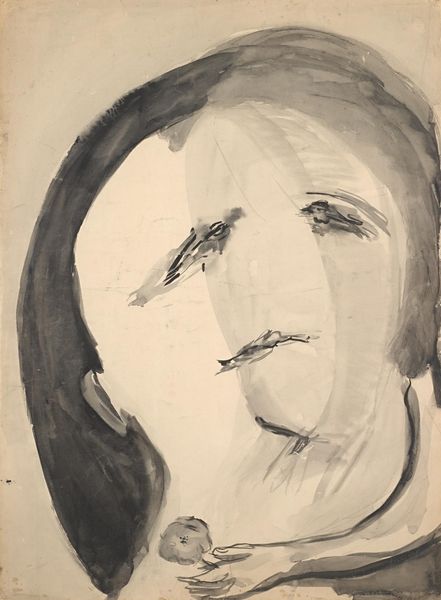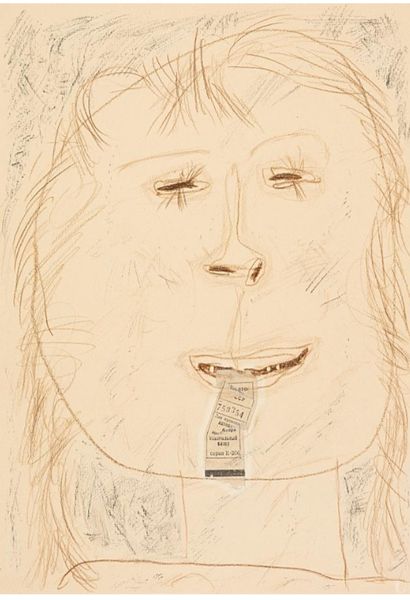
drawing, pencil
#
portrait
#
drawing
#
pencil sketch
#
pencil drawing
#
intimism
#
pencil
#
portrait drawing
Copyright: Public Domain: Artvee
Editor: This is "Tête de Chanteuse," or "Head of a Singer," by Édouard Vuillard, created around 1890 using pencil. It's such a quick, gestural sketch! The singer's mouth is wide open, maybe mid-performance, but the overall effect feels quite intimate, even vulnerable. What do you see in this piece? Curator: I see echoes of centuries of theatrical tradition, boiled down to these stark lines. The exaggerated features—especially that gaping mouth—recall the masks of ancient Greek drama. Think about the symbols associated with theatre: the smiling and frowning masks, representing comedy and tragedy. Vuillard's sketch captures that duality in a single face. What emotion do you think he tries to depict? Editor: I feel a bit of melancholy. There's a stark contrast between the open mouth, which should be full of sound and life, and the almost haunted look in her eyes. Curator: Exactly! The eyes are key. Consider the role of the "chanteuse" in late 19th-century Parisian society. She was a figure of entertainment, yes, but also of social commentary, often singing songs of heartbreak and social injustice. Vuillard seems to hint at the weight of that role. Do you see other historical influences? Editor: The quick, expressive lines remind me of some Impressionist works, a sense of fleeting moments captured on paper. Curator: Yes, definitely. And consider the psychological weight of those lines. The deliberate use of negative space adds to the singer’s emotional aura. It seems he tried to say much by doing very little! Editor: That's fascinating. I hadn't considered the social context of the singer, nor the connection to older theatrical forms. Now the sketch feels so much richer! Curator: It's amazing how much history and feeling can be conveyed through a few simple marks, if you know where to look.
Comments
No comments
Be the first to comment and join the conversation on the ultimate creative platform.

